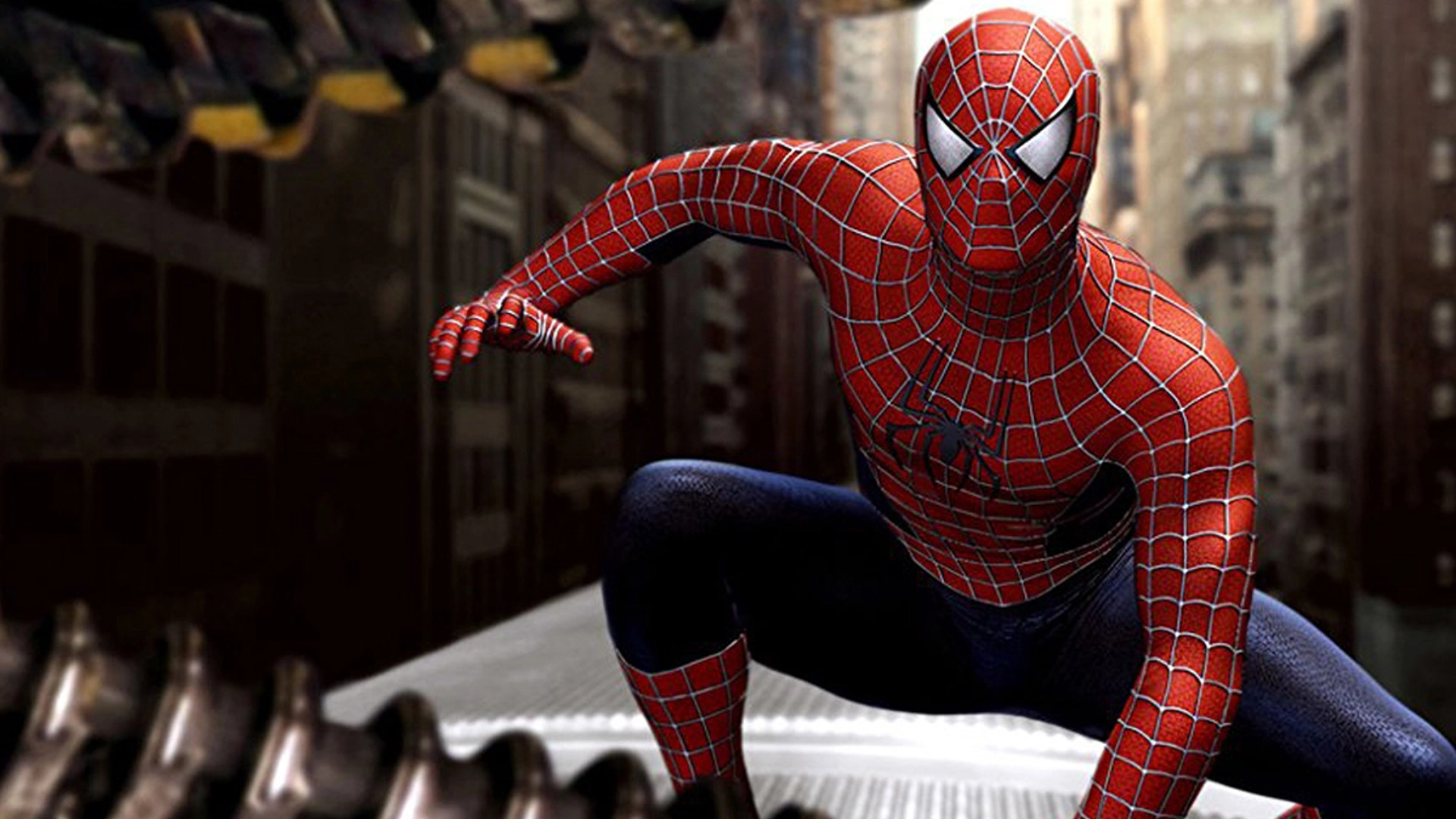The Cultural Impact of the Spider-Man Franchise on Superhero Cinema
The Spider-Man franchise has played a monumental role in shaping superhero cinema, intricately weaving together themes of power, responsibility, and the essence of heroism over the decades. As Spider-Man swings through the skyscraper-laden skyline of New York City, he carries with him not just the weight of his webs but also the evolution of an entire genre of filmmaking. This blog post delves deep into how Spider-Man redefined superhero cinema for a new generation, transforming the landscape of filmmaking and introducing dynamic portrayals of characters that resonate with audiences worldwide.
The Origins of Spider-Man
The roots of Spider-Man trace back to his comic debut in Amazing Fantasy #15 in 1962, created by the legendary duo Stan Lee and Steve Ditko. However, it was the cinematic adaptations—particularly the early 2000s films—that truly established Spider-Man as a cultural icon. Sam Raimi’s Spider-Man (2002) marked a watershed moment for superhero cinema, setting new standards for storytelling, visual effects, and character development.
Relatable Protagonists and Character Development
One of the most significant ways Spider-Man has influenced the genre is through its relatable protagonist, Peter Parker. Unlike other superheroes, who often seem disconnected from the average viewer’s experience, Peter grapples with everyday struggles such as adolescence, romance, and socioeconomic challenges. The film not only chronicles his transformation from a meek high school student into a superhero but also explores his internal conflicts. This narrative thread enhances viewer relatability, showcasing a hero that feels both authentic and accessible—an essential shift for the superhero genre.
Emotional Complexity in Storytelling
The emotional depth afforded to Spider-Man is key to redefining superhero cinema. The mantra “With great power comes great responsibility,” imparted by Uncle Ben, remains one of the most resonant phrases in the genre. It emphasizes that being a hero extends beyond physical prowess; it encompasses moral choices and the burden of responsibility. Audiences began to crave superhero stories that do not shy away from emotional complexity, paving the way for more nuanced storytelling in films that followed.
Visual Innovations and Action Sequences
The visual spectacle of Spider-Man was also groundbreaking. Raimi’s use of practical effects combined with early CGI innovations brought audiences an exhilarating portrayal of web-swinging that felt visceral and thrilling. Iconic scenes of Spider-Man soaring through the air while battling foes infused a sense of realism and artistry into the superhero experience, setting a new benchmark for future films in the genre.
The Marvel Cinematic Universe and Continued Evolution
In subsequent years, the rise of the Marvel Cinematic Universe (MCU) built upon the foundation laid by Spider-Man. The character’s ethos and narrative style were mirrored in films featuring other Marvel superheroes. For instance, characters like Iron Man and Captain America echoed the complex emotional and moral dilemmas faced by Spider-Man. This interconnected universe cultivated a culture where fans expected depth and cohesive storytelling, steering away from one-dimensional narratives.
The Reboot and Adaptability of Spider-Man
The arrival of Spider-Man into a new cinematic era was marked by the 2012 reboot, The Amazing Spider-Man. Although it received mixed reviews, the reboot illustrated the endurance and adaptability of the character. Different filmmakers have stamped their unique styles on Spider-Man, leading the franchise into various tones—from the gritty realism of Spider-Man: Into the Spider-Verse to the light-hearted charm of Tom Holland’s portrayal in the MCU. Each adaptation reaffirms the idea that Spider-Man transcends generations, evolving with societal changes while resonating with timeless themes.
Diversity and Representation in Modern Storytelling
The cultural impact of Spider-Man is further exemplified through different interpretations emerging in recent years. The multi-verse concept introduced by Into the Spider-Verse not only showcased various versions of Spider-Man but also celebrated diversity within the superhero genre. This animated feature laid the groundwork for narratives that deliver poignant life lessons wrapped in vibrant animation, appealing to both older and younger generations alike. This radical storytelling approach encourages inclusivity and represents a broader spectrum of experiences than ever before.
Thematic Foundations Established by Spider-Man
As we analyze the influence of Spider-Man on superhero cinema, it is essential to acknowledge the thematic foundations established by the franchise, including personal sacrifice, the battle between good and evil, and the significance of community. Portraying a hero unafraid to show vulnerability in the face of insurmountable odds, Spider-Man became a prototype for subsequent heroes in cinema—a thoughtful nod to the audience’s yearning for complexity.
Conclusion
In conclusion, Spider-Man’s journey from comic book page to the silver screen reflects more than just the evolution of a beloved character; it symbolizes the redefinition of an entire genre. With its genuine portrayal of humanity within its superhero narrative, groundbreaking visual artistry, and emotional resonance, Spider-Man has set a precedent that continuously inspires both creators and audiences alike. Today’s superhero cinema owes much to his swinging legacy, proving that beneath the mask, the essence of heroism lies in our ability to connect and empathize with others. Swinging through time, Spider-Man remains a beacon of hope and relatability, forever ingrained in the fabric of cinematic history.

